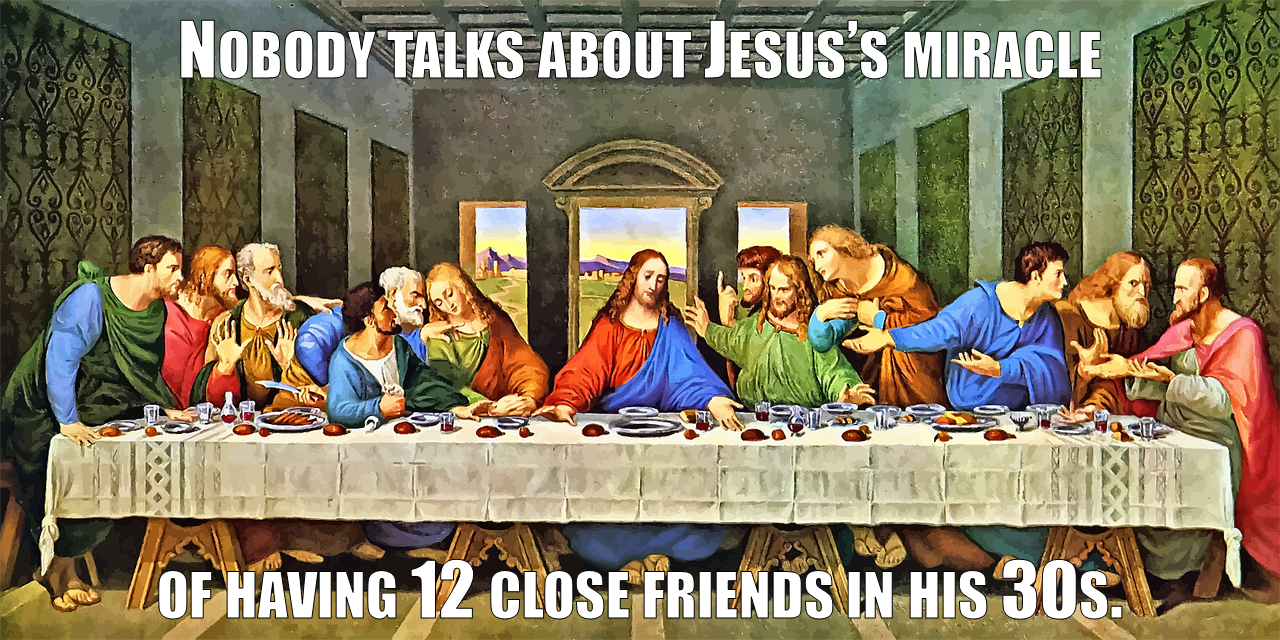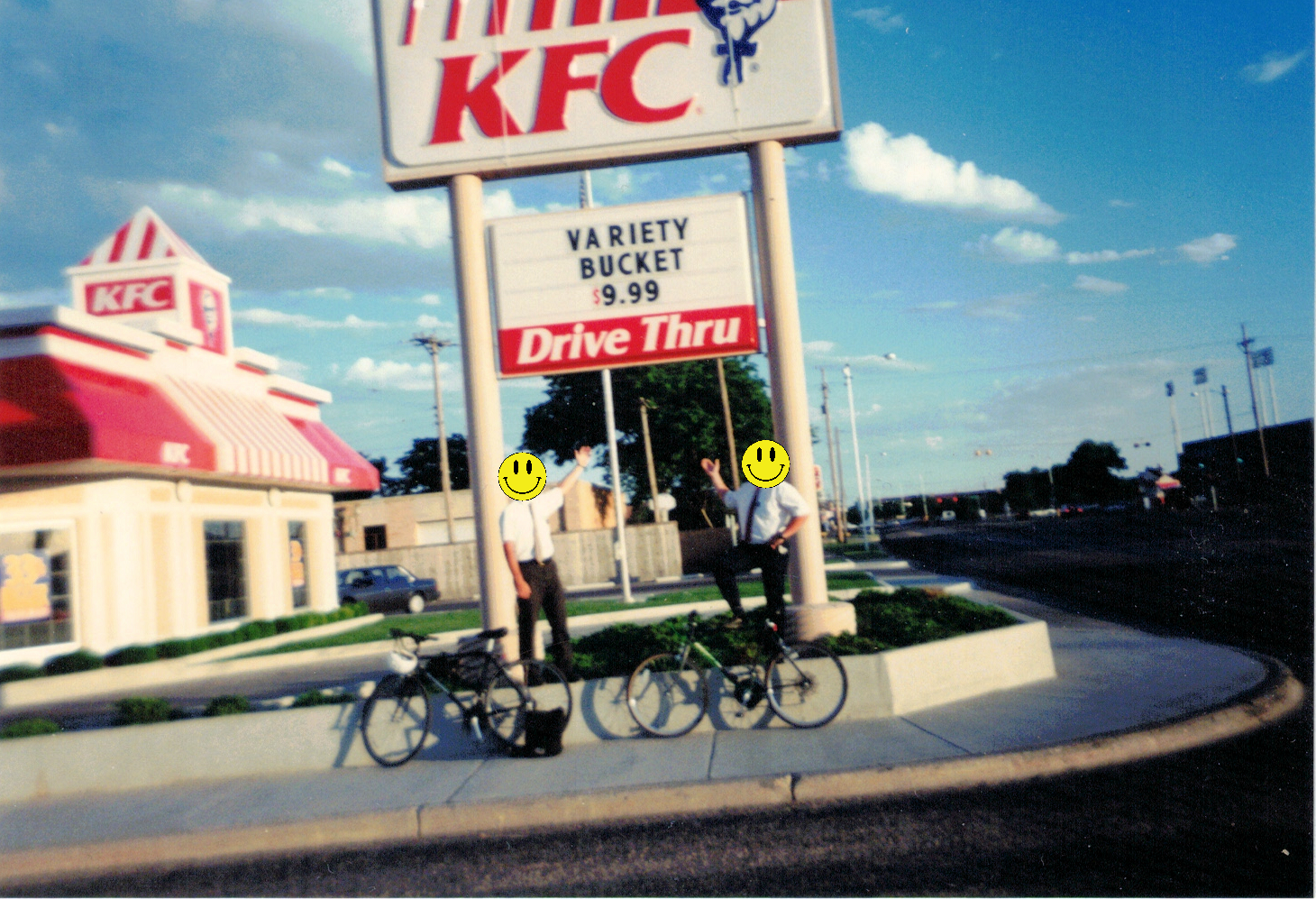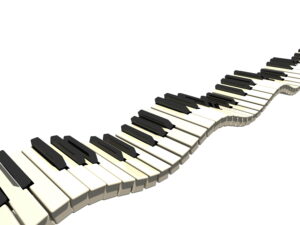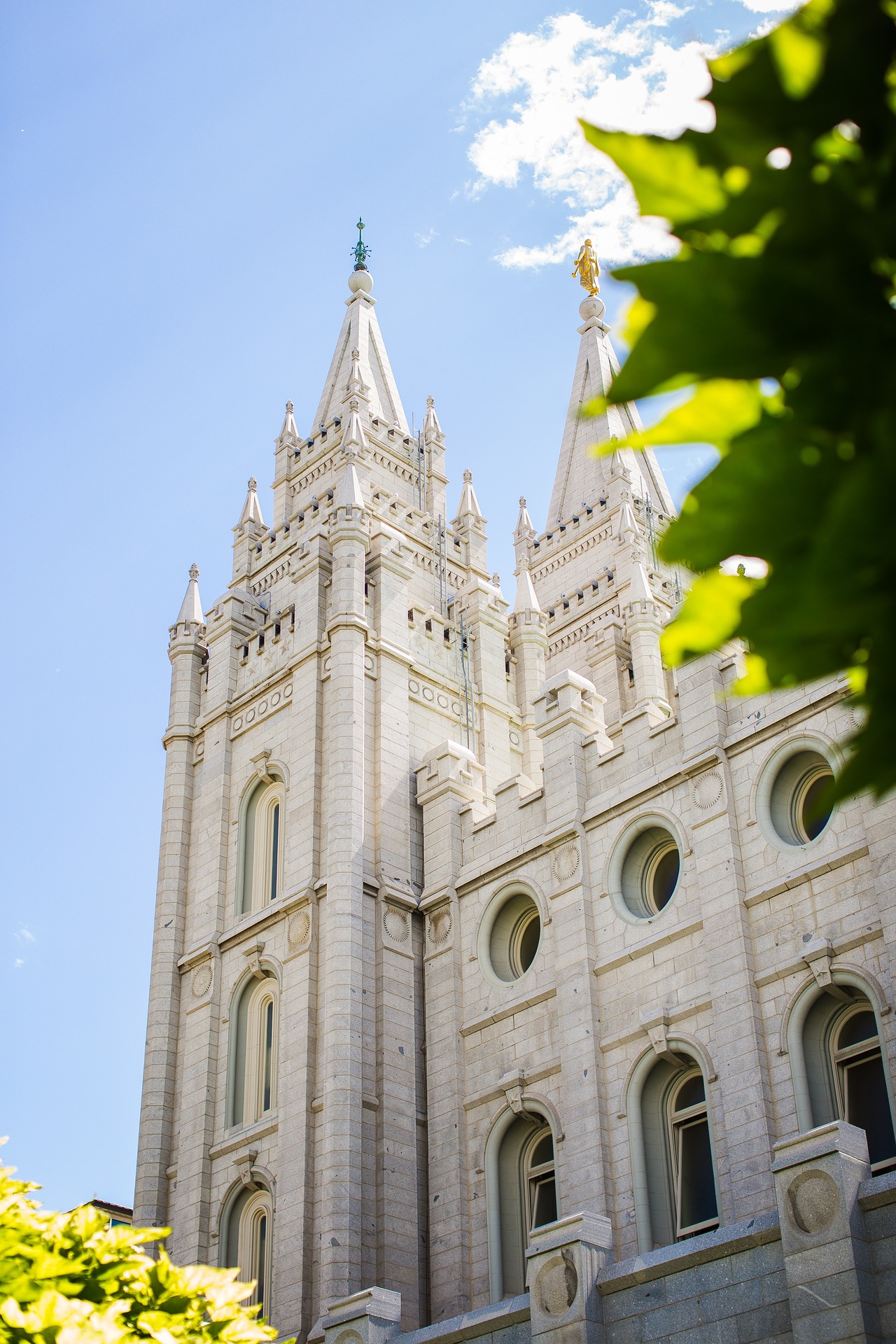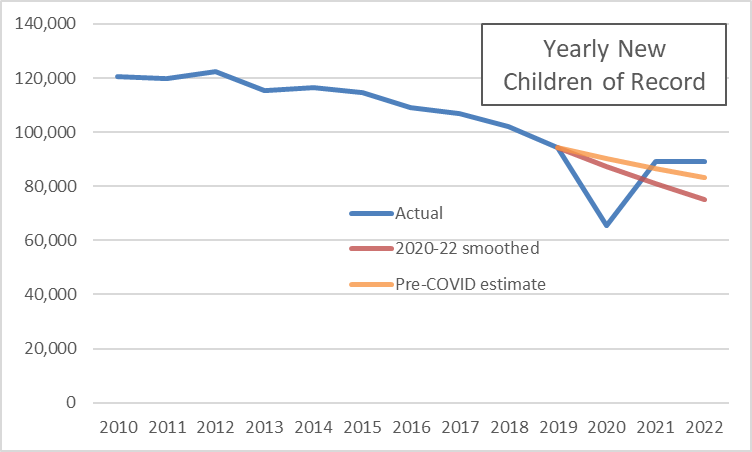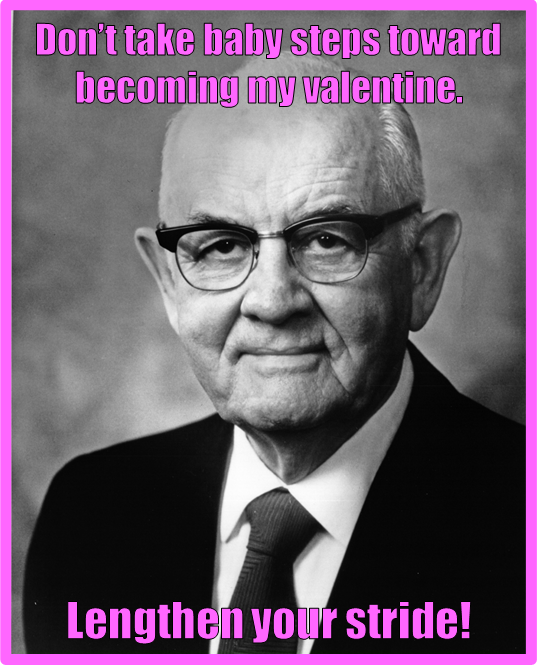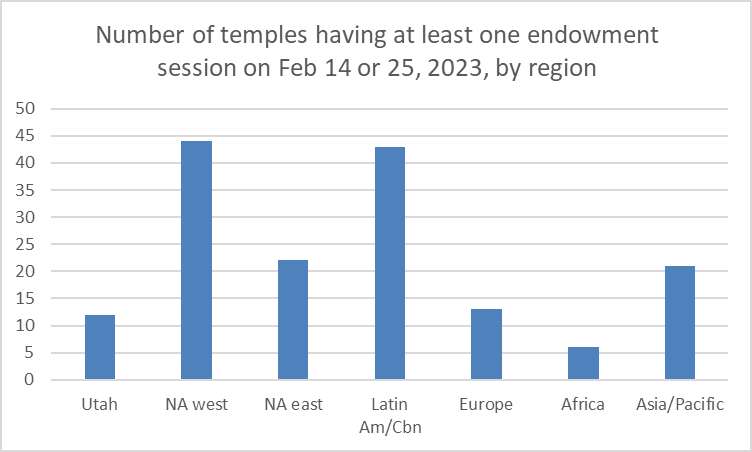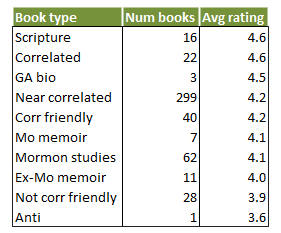I was sitting in sacrament meeting recently and had a realization that while I’ve lived in my ward for a decade, and I feel like I know a fair number of people, if I stopped coming, there are only a tiny number who would notice. I don’t mean this in a woe is me way. More just I was thinking about making friends at church in general, and whether my experience is typical or not. Here are a few aspects of friendship at church I was thinking of, along with my brief thoughts. I’d love to hear your experiences, either related to these points, or related to points or issues I hadn’t even considered.
Separation — Church seems like a great candidate for being what sociologists call a third place, separate from the typical first two places where we spend most of our time, which are home and work. This aspect of church has definitely been a plus for me in making new friends beyond the people I already know in the first two places. Even though there has occasionally been a bit of overlap between people I know at work and those I know at church, it has always been small. And in some situations, I’ve even been fortunate to have church function as more than one place, in the sense that I’ve known non-overlapping groups of people in different church contexts. This has happened when I’ve known one group of (potential) friends through my ward and another group that I’ve played volleyball or basketball with. Also, I haven’t personally experienced this, but I know my wife has gotten to know people beyond our ward through book clubs and Relief Society enrichment groups (Is that what they were called, back in the 2000s?) that included women from multiple wards.
Breadth — One aspect of geographically assigned wards that I’ve seen discussed as a positive (I think originally brought up by Eugene England) is that it brings together people who might not otherwise choose to associate. A geographic area can include people of different ages, races, and income levels. In practice, though, I’ve pretty much stuck to getting to know people who are most like me. As a fairly educated middle-aged white man, I have mostly gotten to know other fairly educated middle-aged white men, even when my ward has included a greater variety of people. The people I’ve made friends with have been similar not only in age and race, but also in more peripheral characteristics, like the ages of our kids and our general income bracket. Of course, this pattern of who I’ve made friends with is clearly on me, as I’m hanging out with people I’m most comfortable with rather than pushing myself at all to know different people better, even when church at least opens the opportunity to me.
Depth — Of the people I’ve become friends with at church, I’ve only known a very few at any level of depth. I feel like in all the wards I’ve lived in, I’ve become friendly with quite a few people, at an acquaintance level, but like I was saying at the beginning, I’ve really only gotten to know a small number. I doubt that this is something specific to church, though. It’s probably more attributable to my general style of making friends, or perhaps even to people’s general experience of making friends. I feel like making new friends as an adult is hard, and this is something I’ve seen a lot of people comment on, in and out of the Church. One other point I think it’s worth making, though, is that I have enjoyed many of the acquaintance-level relationships I’ve had quite a bit. At least for me, it’s not a case of someone being a close friend or a waste of time. Acquaintances have made my life better.
